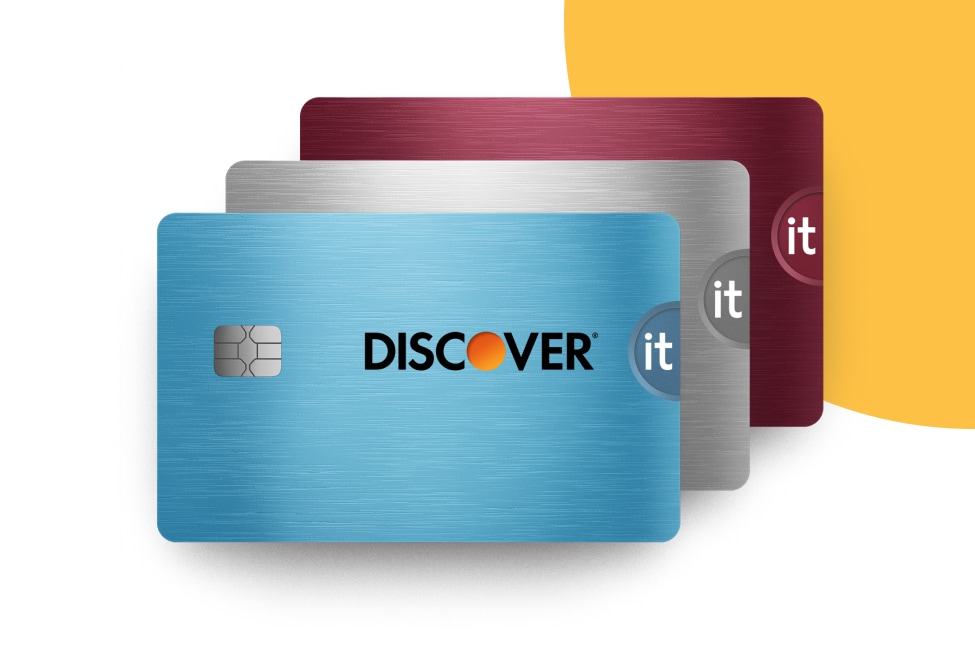The clue’s in the name. A balance transfer is when you take debt you’ve built up (perhaps it’s debt on a credit card or a car loan) and transfer it to a new credit card. If your current credit card has a high interest rate, it may make sense to transfer the balance to a card with a lower interest rate. However, it’s important to keep in mind that balance transfers also often come with balance transfer fees, so the process is not free. Also, the low intro APR that enticed you to make a balance transfer will eventually expire, and then the standard APR will apply to the remaining balance. You may want to pay off the balance transfer as soon as you can (so you don’t accrue more interest).



